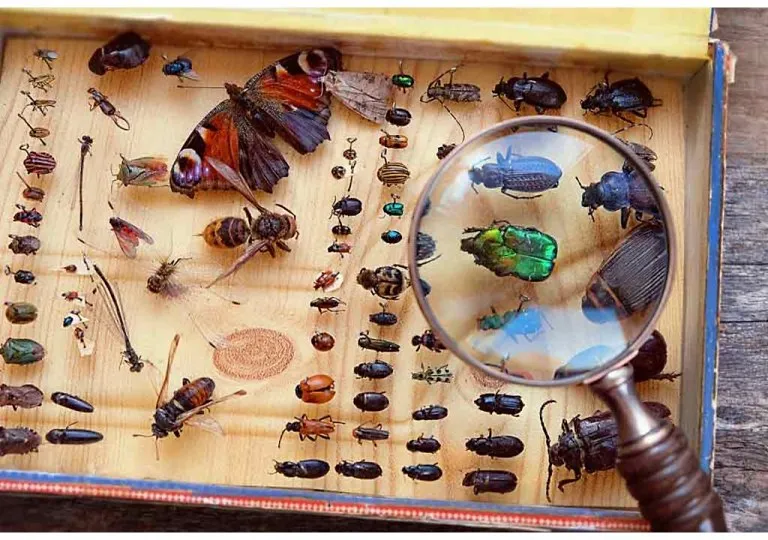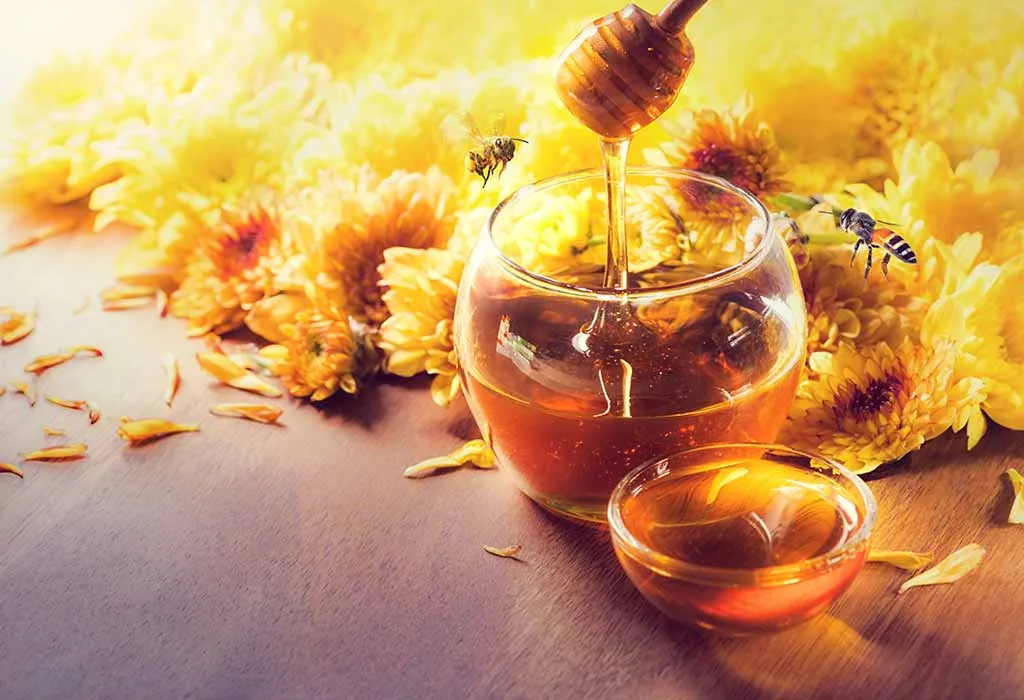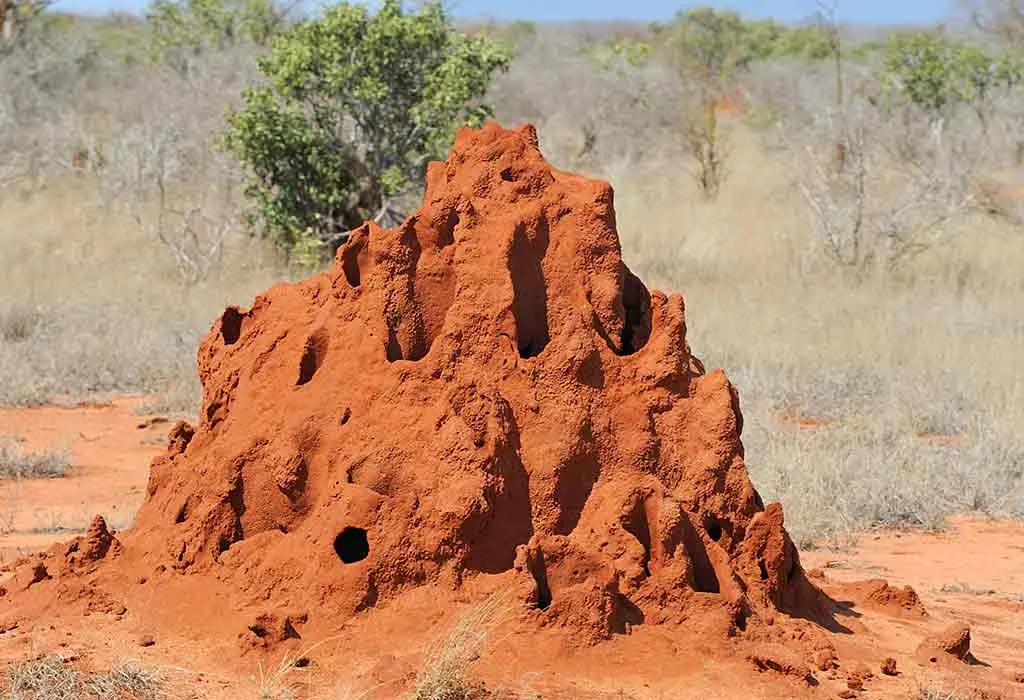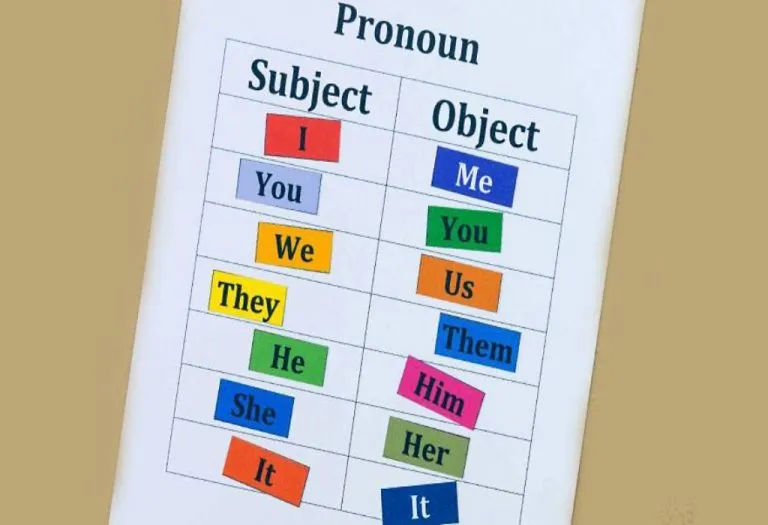Interesting Insect Facts for Kids
Insects are everywhere: in the garden, in homes, in zoos, or on trees. They can be as cute as beetles or as annoying as mosquitoes, but there is no denying the fact that they are everywhere. Kids are especially fascinated by insects. They are running behind ants as toddlers or chasing bees in the garden. As parents seeing their fascination with insects, you want to teach them all about insects. Yet, teaching kids science is no kid’s game. So parents, while teaching the kids about insects, should ensure that they do so in an easy way with fun facts. Interesting, fun insect facts for preschoolers make learning easy for kids and motivate them to know more. So check out these insect facts for kids. We bet you didn’t know some of these!
What Is an Insect?
Insects have existed on Earth for millions of years. They have one of the highest populations, making them the largest group of creatures. Some consider them to be more than half of all living species. To explain in scientific terminology, insects are a class in the phylum ‘Arthropoda.’ It is believed that there are more than 2 million species of insects, and there are new species of insects discovered every day. Most insects have six legs and wings. These small terrestrial invertebrates have a hard exoskeleton. Most insects are terrestrial, i.e. living on land, though few insects live in the water (oceans). Most insect species live in tropical areas, yet some live in cold places like Antarctica.
Why Are They Important
Most people think insects are little pests that are annoying and irritating. However, many insects are beneficial to humans and the environment. Several insects like bees, wasps, ants, and butterflies help in pollinating flowers when they collect nectar from flowers. When flowering plants are pollinated, humans get healthier crops, more plants, and trees. As seeds are spread by insects, new plants and trees grow, creating a greener environment. The ecological balance of nature is maintained by the activities of parasites and predators that feed on insects. Additionally, there are quite a few products made by insects that Humans use. Honey made by honey bees is an essential product not only consumed by humans for taste but also for medicinal purposes. Silkworms make silk in their cocoons. Silk is used to make clothes, upholstery, etc.
Characteristics
There are more than six million types of insects, and they come in different sizes, shapes, and colours. Though insects are vastly different, They still have a few common characteristics that all insects. One of the most common bug facts for kids is that Insects are invertebrates, meaning they don’t have a backbone. The body of all insects consists of three parts – the head, abdomen, and thorax. Another interesting fact about insects for kids is that most insects have six legs on their bodies and two antennae on top of their heads. As insects are cold-blooded, their body temperature changes as per the temperature of their environment. Also, most insects lay eggs, and their progeny hatch from their eggs.
Where Do Insects Live?
Insects are one of the diverse groups of creatures, and they constitute more than half of all creatures of the Earth. Insects can live in almost every kind of environment and every country in the world. Though they can live anywhere, they are not commonly found in the ocean. There are only a few species of insects that can live in the ocean.
What Do Insects Eat?
The food of insects is as diverse as their type of species. Different species of insects eat different food. A majority of insect species are herbivores, which means they survive by eating only plants. The parts of plants they consume include leaves, seeds, wood, roots, flowers, and nectar from flowers. Some species of insects are predators, so they hunt other insects and animals that are smaller than them and eat them. One example of a predator insect is the praying mantis, which eats crickets, beetles and spiders. Some bigger praying mantis also eat small birds, caterpillars, frogs, and leafhoppers. Some species of insects, such as fleas and lice, are parasites. Parasites are species that live on other large animals and feed on their flesh or drink their blood. They don’t kill the animals they live on.
Other Insect Facts and Information for Children
Some more information and facts about insects for kindergarten kids are:
- Some insects can walk on the surface of the water. For example, Gerridae (water striders).
- Some species of insects live in well-organized social colonies like humans. Examples of such insects are ants, bees, and termites.
- Most insects are cold-blooded.
- Only the male crickets chirp.
- Silkworms are used as the primary natural producers of silk.
- Some types of cicadas can make loud sounds that can reach up to 120 decibels.
- The lifecycle of mosquitoes comprises four stages – egg, larva, pupa, and adult.
- To obtain nutrients to reproduce or produce an egg, a female mosquito drinks blood.
- Bees can be found in every country and continent except Antarctica.
- Spiders are not insects.
- When walking, ants leave trails behind them. Other ants can follow them using these trails made of pheromones. Pheromones act as chemical signals for ants to communicate with each other.
- Butterflies taste with their feet, using special receptors to detect sweetness in flowers.
- Some insects, like dragonflies, are among the fastest flying insects and can reach speeds of up to 35 miles per hour.
- Fireflies use bioluminescence to communicate with each other and attract mates.
- Ladybugs play an important role in controlling garden pests by eating aphids and other harmful insects.
FAQs
1. How do insects survive freezing temperatures?
Certain insects have developed unique adaptations to survive freezing temperatures. Some produce antifreeze proteins that prevent ice from forming in their bodies, while others enter a state called diapause, where their metabolic activity slows down significantly. Some insects even dehydrate themselves to avoid ice formation, ensuring their survival during harsh winter conditions.
2. What is mimicry, and how do insects use it?
Mimicry is a survival strategy used by some insects to resemble other organisms or objects in their environment. For example, certain butterflies mimic the appearance of toxic species to avoid predators, while some stick insects resemble twigs or leaves to blend into their surroundings. This form of mimicry helps insects evade predators and increase their chances of survival.
These were some of the many insect fun facts for kids. Insects are one of the largest species on the Earth. They may seem irritating or annoying but most of them help in balancing the ecological balance of the earth and help humans. By learning about these diverse creatures, kids can protect the good insects can do.
References/Resources:
1. Incredible Insects; National Geographic Kids; https://kids.nationalgeographic.com/videos/topic/incredible-insects
2. 10 facts about honey bees!; National Geographic Kids; https://www.natgeokids.com/uk/discover/animals/insects/honey-bees/
3. 25 cool things about bugs!; National Geographic Kids; https://www.natgeokids.com/uk/discover/animals/insects/15-facts-about-bugs/
4. Firefly; Britannica; https://www.britannica.com/animal/firefly-insect
5. Dragonfly; Britannica Kids; https://kids.britannica.com/kids/article/dragonfly/390734
6. Silkworm moth; Britannica; https://www.britannica.com/animal/silkworm-moth
7. 10 cool facts about ants!; National Geographic Kids; https://www.natgeokids.com/uk/discover/animals/insects/ant-facts/
Also Read:
Interesting Plant Facts for Kids
Facts about Deer for Children
Tiger Facts & Information for Kids
Snake Facts and Information for Children
Was This Article Helpful?
Parenting is a huge responsibility, for you as a caregiver, but also for us as a parenting content platform. We understand that and take our responsibility of creating credible content seriously. FirstCry Parenting articles are written and published only after extensive research using factually sound references to deliver quality content that is accurate, validated by experts, and completely reliable. To understand how we go about creating content that is credible, read our editorial policy here.
























